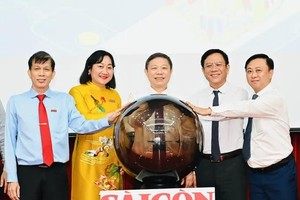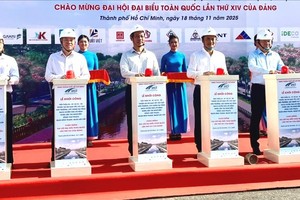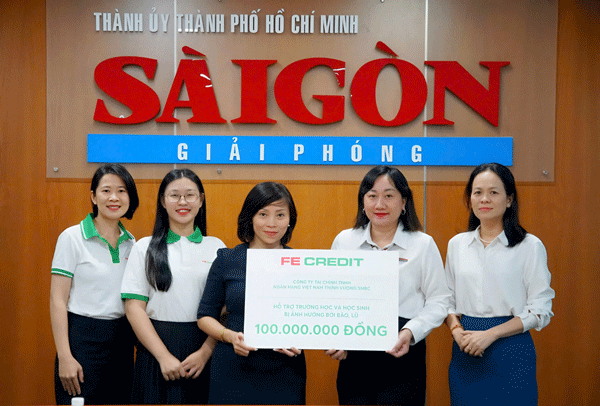Most factories in HCMC are using outdated technology and do not do adequate research to improve production efficiency, a recent survey by the city Department of Science and Technology showed.
Less than 1 percent or three businesses of about 500 surveyed at industrial parks and export processing zones were using advanced technology. Nearly half of the surveyed businesses were foreign invested.
Nearly a half of them used only medium-level technologies, while only 4 percent were using new modern equipment.
Eighty percent of the workforce surveyed were not trained to operate modern machinery.
To save costs, most of the businesses surveyed were using cheap imported second-hand machinery and equipment, 80 percent of which was from China.
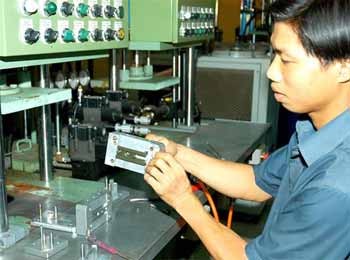
A tenth of the businesses surveyed had bought the second hand machinery after it had depreciated in price by 50 percent.
Only a handful of businesses used equipment that would last 20 years.
Just 25 percent of the surveyed businesses used automated production lines and the rest used semi-automated ones.
The department said that the businesses had not spent enough on research and development. The survey showed the 500 businesses had spent only VND85 billion (US$4.47 million) on research in the last three years. A part of that money had been wasted on poor quality research that could not be applied to the factories’ operations.
A few companies had done some outstanding research, however.
For instance, Nosafood Company was very successful at applying its research on how to produce fermented soy sauce without 3MCPD.
Another example was the production line assembled by the Saigon Mechanical & Casting Joint Stock Co. (Sameco) that helped cut down production cost by hundreds of billions of dong.
“It is a good outcome due to cooperation between the company and scientists,” said Le Viet, the chairman of Sameco’s management board.
Scientific research needs boost
Dr. Phan Minh Tan, director of the city Department of Science and Technology, said: “Proper investment in scientific research can create huge profits, even 20 times the cost of the research.”
Tan was referring to a State-run program that has been operating to assist businesses in designing, manufacturing and using advanced machines and technologies.
He said very few businesses have taken advantage of the Fund for Scientific and Technological Application, which offers non-mortgage loans to researchers.
So far, only 50 projects have been granted such loans worth more than VND70 billion ($3.68 million), he added.
To improve the situation, Tan said the department would do more to connect and assist scientists and businesses for the purpose of research.
The State should adopt more policies to encourage research and development, and issue specific regulations on intellectual property rights regarding research, he said.
The State should also set up liaison offices to bridge the gap between businesses and scientists, so that companies could apply to the offices to organize research, Tan said.
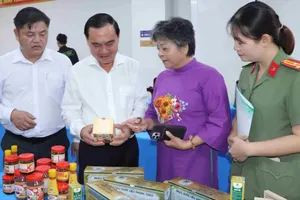
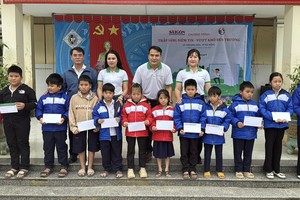


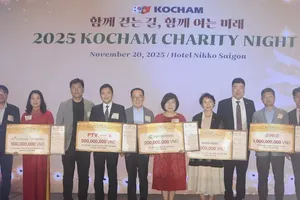


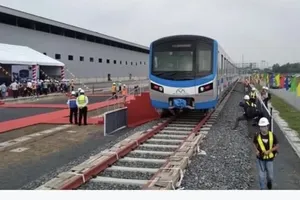
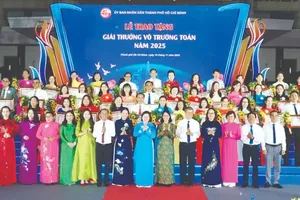

)



